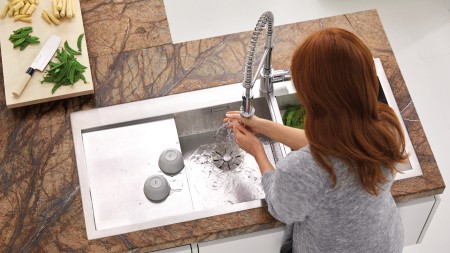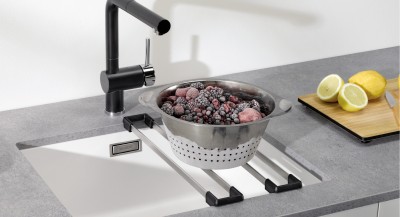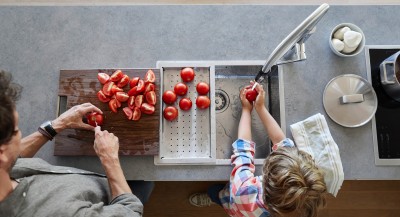How to wash your hands properly
Wash your hands thoroughly with soap and water, making sure that your fingernails are also clean. The exact temperature of the water doesn’t matter, but it shouldn’t be so hot that it damages your skin. The germ-reducing effect of washing your hands is down to the soap and the mechanical hand movements as germs are rinsed off your hands. You should devote at least 20–30 seconds to washing your hands. Remember to lather not only the palms of your hands, but also your fingertips, the backs of your hands and the spaces between your fingers. And don’t forget to take off your wedding ring or other rings.




